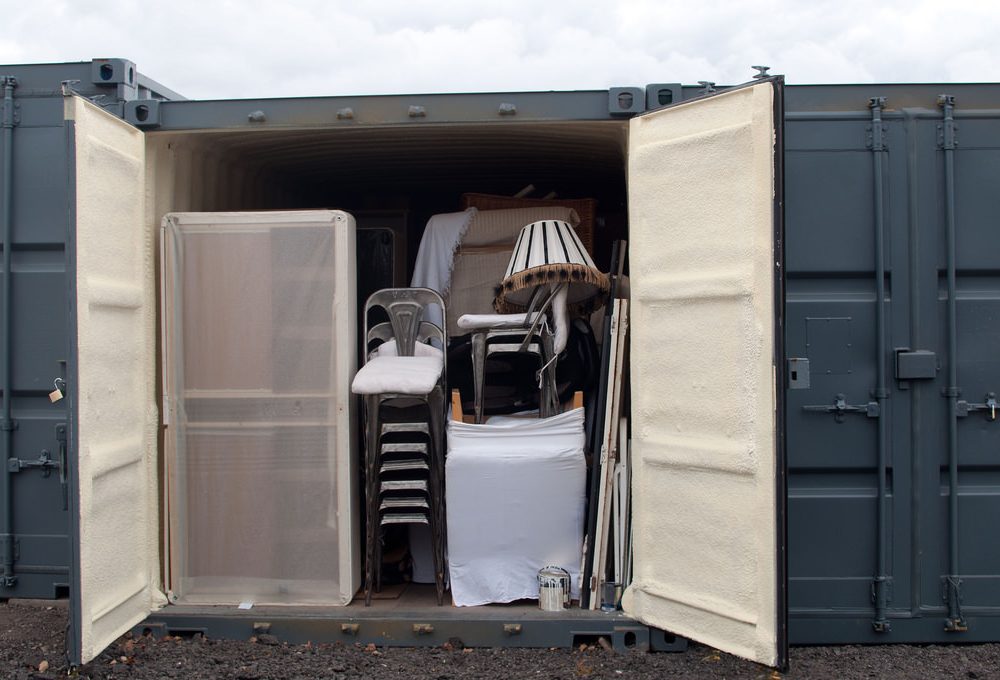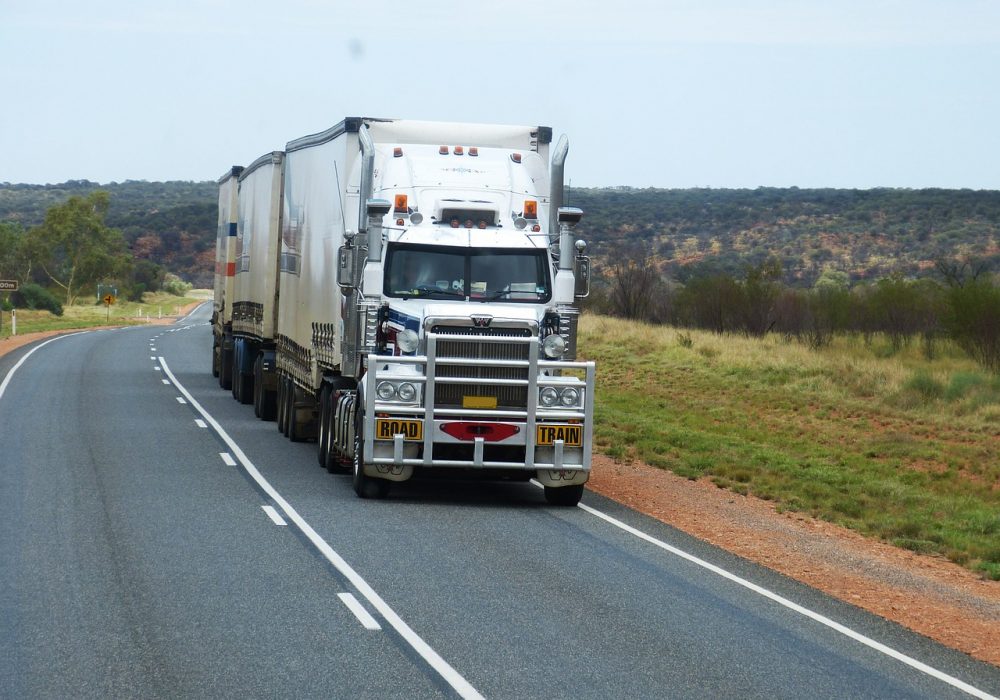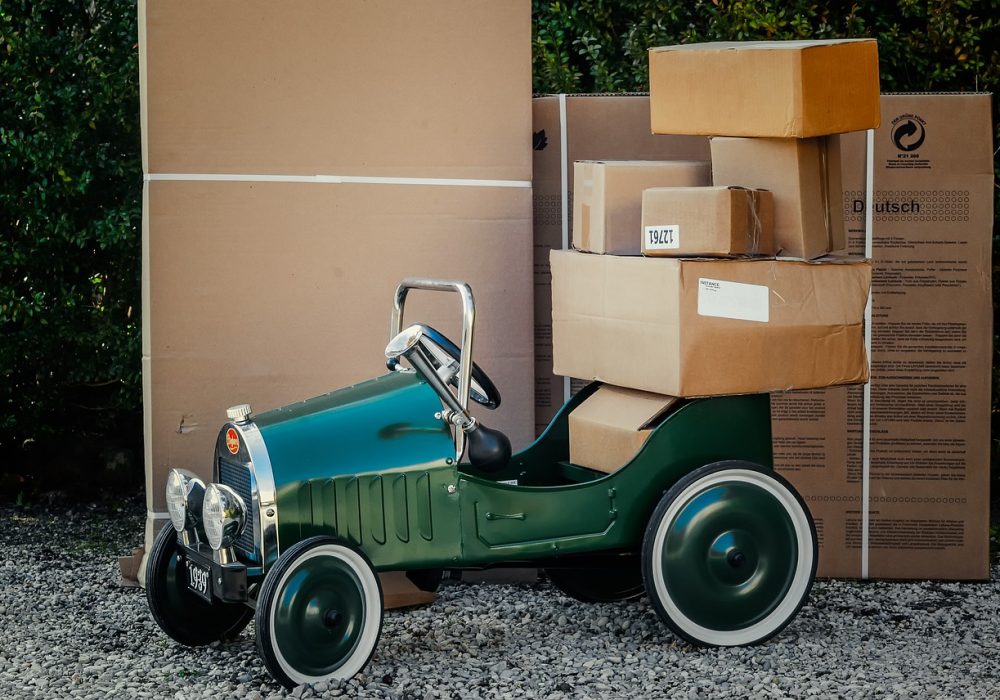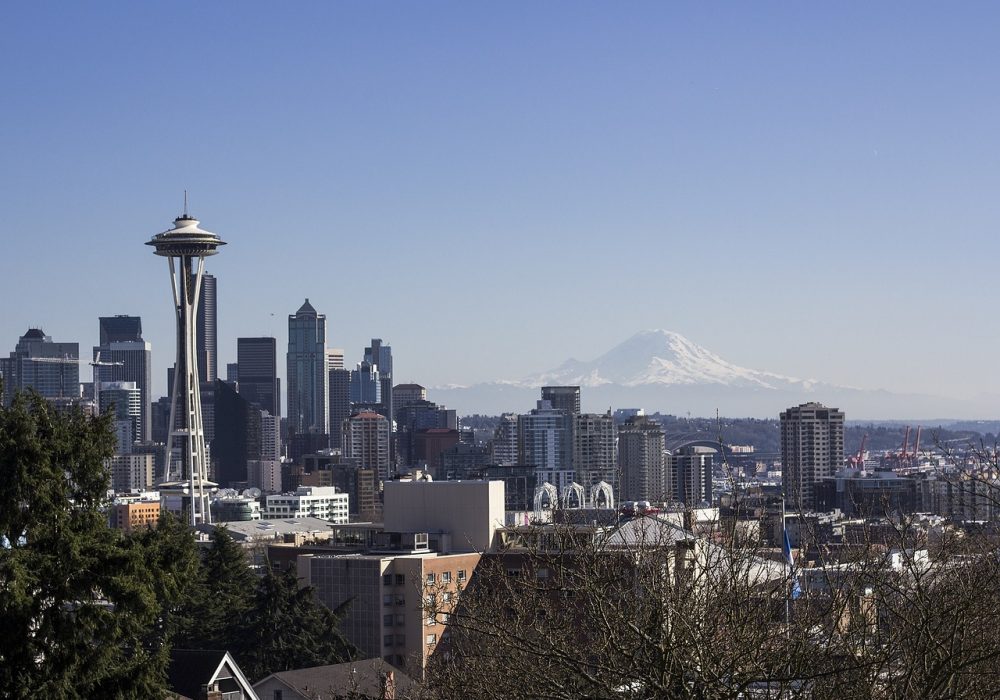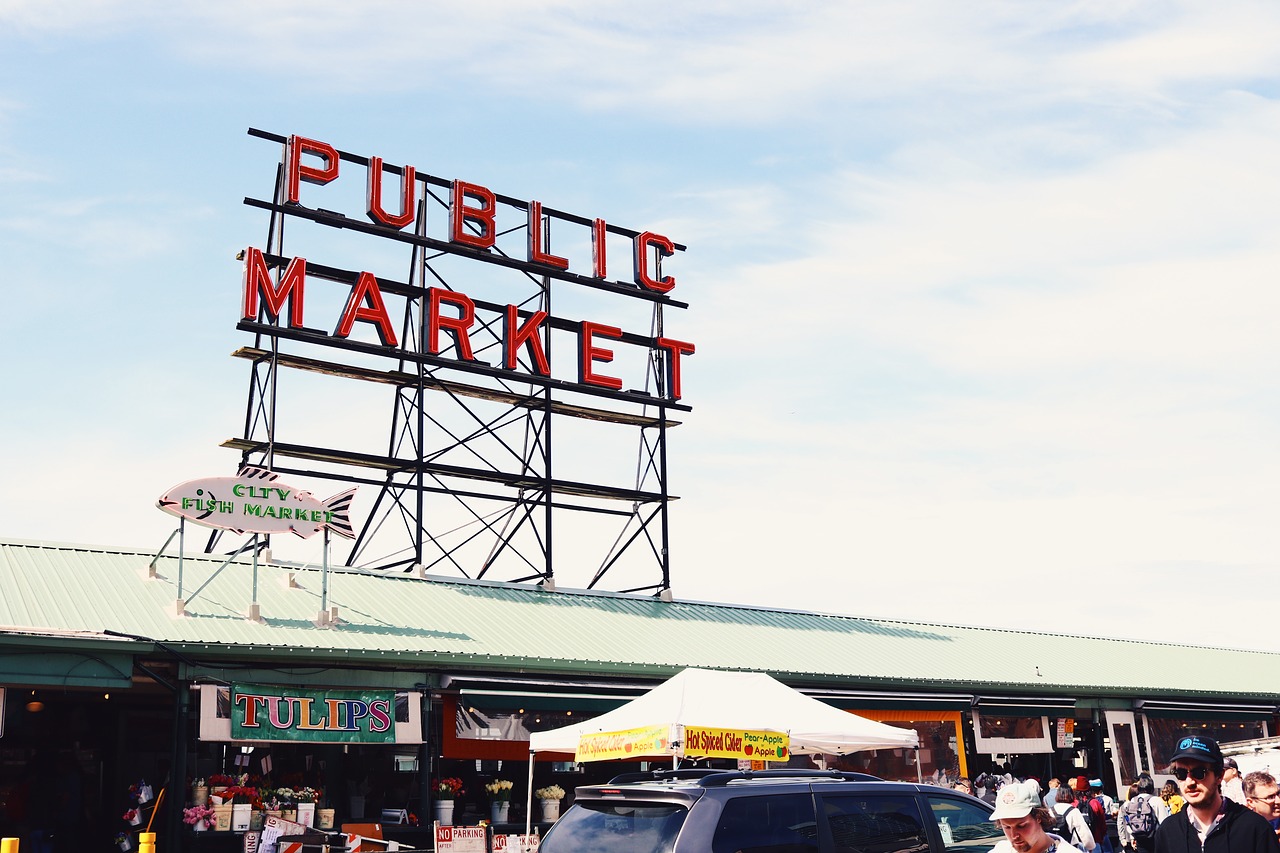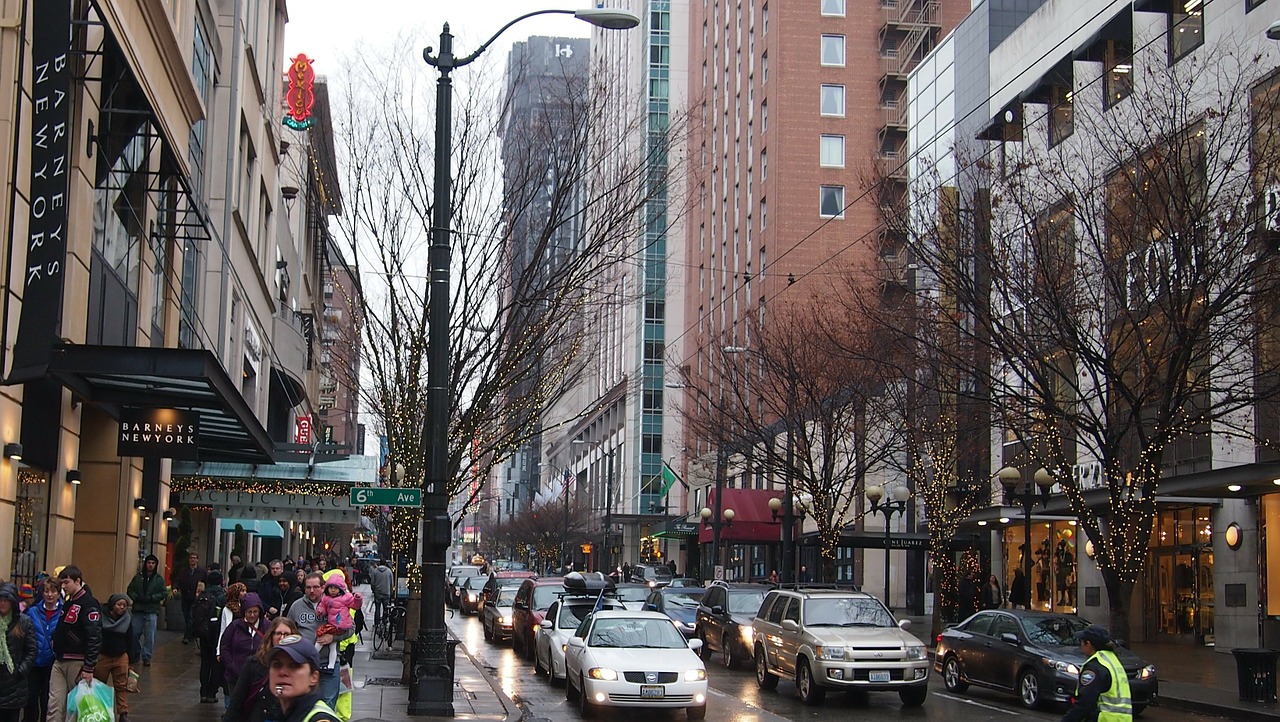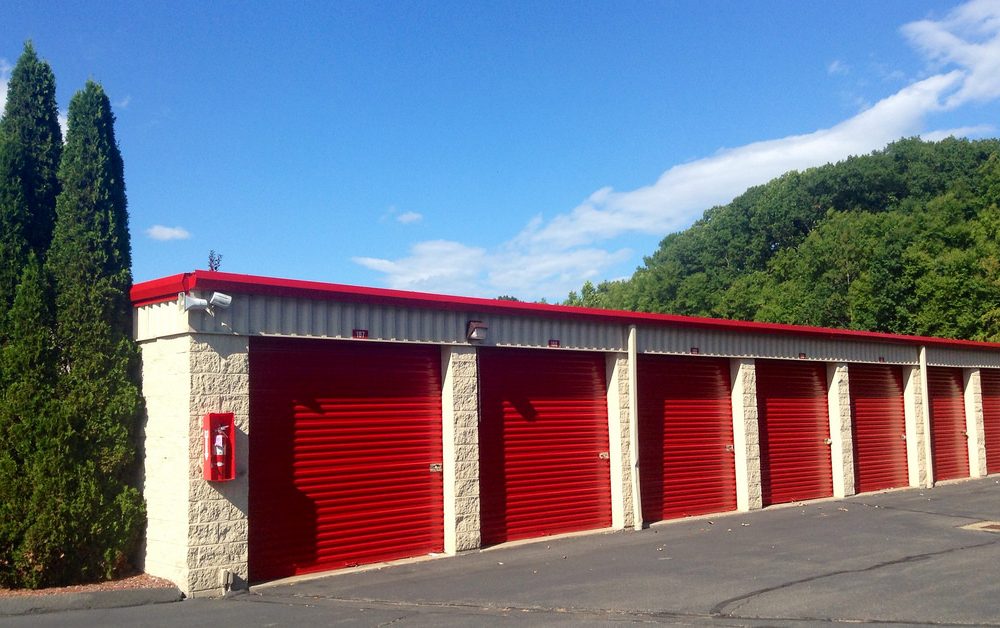
Six Amazing Hacks For Packing Things To Put Into Storage
Many homes are bursting with old furniture, music and movie collections, clothing, and other items that the owner isn’t ready to part with. Some people might want to keep their children’s old clothing in case they have another baby, and some people might have too much furniture for their current home but anticipate needing it when they move into a larger house. Whatever the reason that you need to move certain items out of your house or apartment, a self-storage unit can give you extra space. Packing a self-storage unit isn’t hard, but it’s useful to know a few tips before you start so that your unit stays organized, free of pests, and safe for all of your possessions, and here are six of the most important tips.
1. Create an Inventory List
If you’ve ever packed something away and been unable to remember where you placed it a year later, you can understand the necessity of having a list that details exactly what you have inside of your unit. If you have many pieces of old clothing, you might wonder if it’s really necessary to put every toddler’s jumper on it. If you pack all of your children’s clothing in the storage unit, you might not need to. Instead, simply list the type of clothing and sizes. This technique is especially useful if you use your garage, attic, or basement for storage, too. Some of the items that you can put on a list include:
- Clothing that’s listed by size and type
- Furniture, such as lamps, tables, and chairs
- Collectibles, such as coins and baseball cards
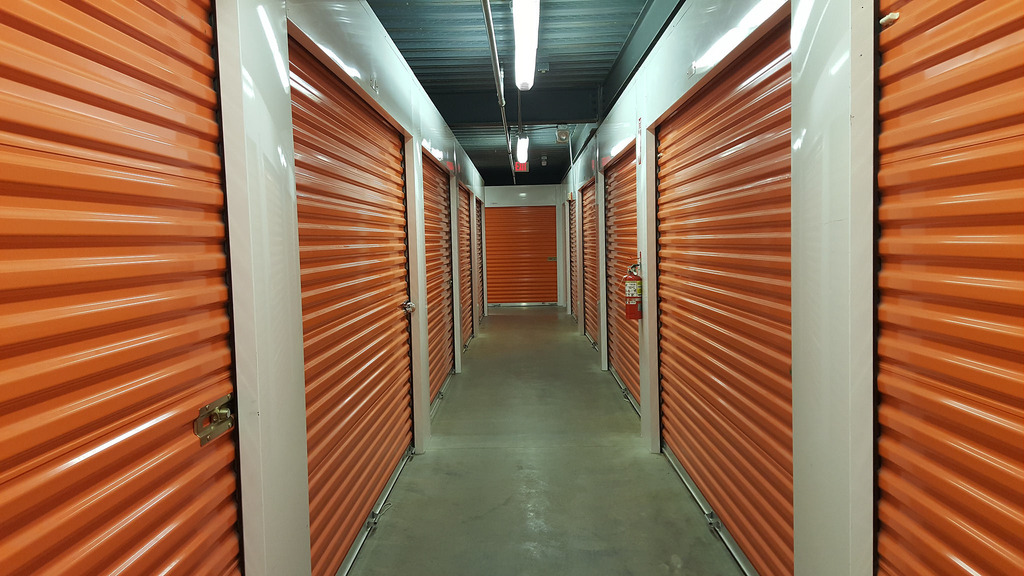
2. Pack Large, Heavy Items at the Back of the Unit
Any moving company will tell you, bed frames, desks, and other large pieces of furniture should be the first things to go into a storage unit. Smaller items, such as plastic totes, are easier to move, so if you want to find something at the back of the unit, it’s still fairly easy to do.
3. Label Boxes
Label boxes and other storage containers so that it’s easy to find something without opening every container. Use a permanent marker and clear packaging tape to preserve the label so that the markings don’t fade. Color and number coding can also work in tandem with your itemized list.
4. Deter Pests
If you’re storing your possessions in an outside unit, moths, rodents, and other pests could get inside. You can deter pests by placing any perishables, such as dog food, in a plastic container. Otherwise, find another place to store the food. If you’re concerned about moths, pack papers, clothing, and other fabrics in airtight containers with mothballs.
5. Prevent Moisture Damage
Some parts of the country get humid, which can cause mold and mildew. There are a few techniques to protect clothing and furniture. For instance, use the silica gel packets that come in shoe boxes and purses at the store. They absorb moisture, and you can find them at many packing stores. Also, while you should definitely clean clothing before you store it, make sure that everything is dry before placing items inside of storage containers. You should also invest in some platforms that you can place boxes and furniture on so that your items are protected in the event that the unit is flooded.
6. Pad Breakables
If you’re storing dishes and other breakables, invest in bubble wrap, or you can simply use newspaper. You should also use something a little sturdier than the average cardboard box.
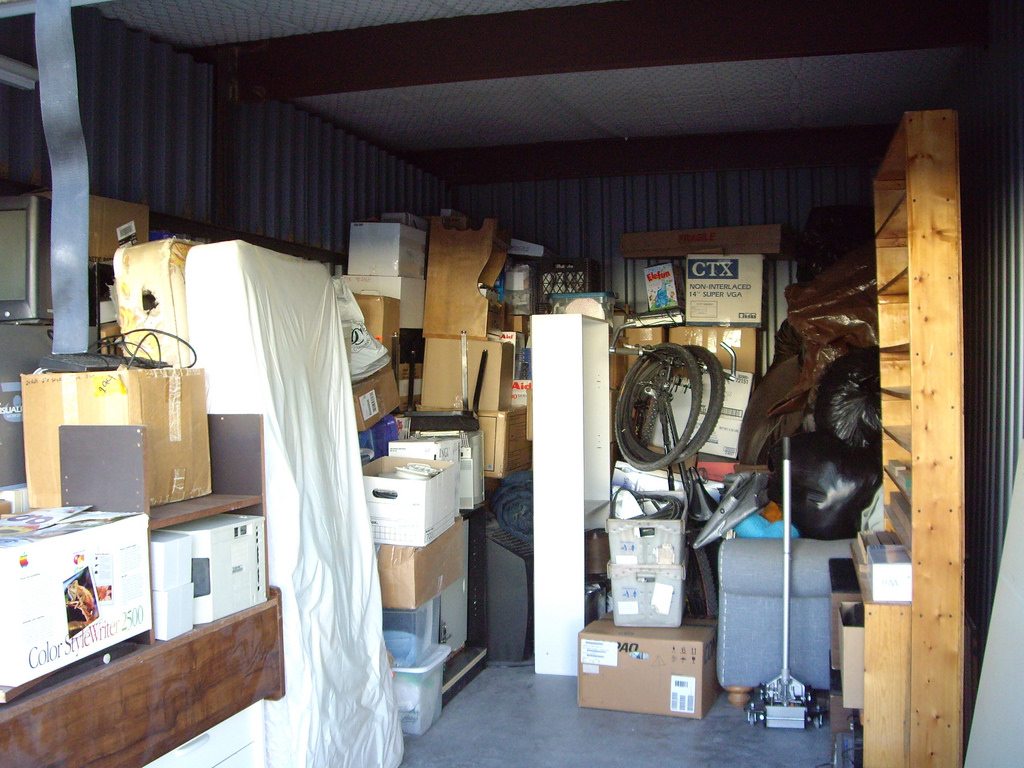
Packing your possessions in a storage unit frees up a lot of space in your house or apartment. If you need supplies, go to a moving store. You’ll also find more ideas to keep your possessions safe while they’re in storage.

